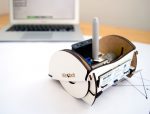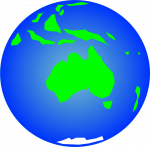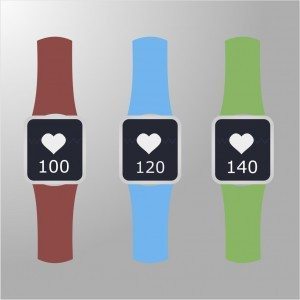It’s most enjoyable being part of a growing company that’s helping to make a real difference for students and our future generation.
For our physical resources, we purposely don’t keep large stock as that would make things prohibitively expensive. The trade-off is that we can’t always do instant shipments. Typically, we do order in new items when we’re running low. It’s not an entirely straightforward process, since we have to assemble kits such as the Ginger Beer Classroom Kit and the Soldering Kit ourselves, by necessity from different sources.
When a product sees a particular spike in interest, we sometimes briefly run out. Actually that’s quite normal and it happens even with companies that keep lots of stock. When out-of-stock, we can generally fulfil the order within 1-2 weeks. A brief delay, but with the advantage that you get what you want, at a reasonable price, from a trusted Australian supplier with friendly service. We believe that these aspects adequately compensate for the lack of “instant gratification”…
So where are we at right now with our physical resources stock? A brief overview:
- Blackline World Map: updated edition just in, plenty of stock
- Mirobot drawing turtle robot kit: plenty of stock (for now)
- Soldering Kit: a few
- Robot Turtles Board Game: awaiting new shipment – also getting some of the new extension cards packs
- Speed cube (3x3x3): a few
- Ginger Beer Classroom Kit: just out again – generally part of our ginger beer (non-alcoholic) cafe program
If you have any questions about any of our products, please don’t hesitate to ask! Contact us.





 This story is about the tectonic plate on which we reside. Tectonic plates move, and so continents shift over time. They generally go pretty slow though.
This story is about the tectonic plate on which we reside. Tectonic plates move, and so continents shift over time. They generally go pretty slow though. There are more and more wearable devices that collect a variety of health data, and other health records are kept electronically. More often than not, the people whose data it is don’t actually have access. There are very important issues to consider, and you could use this for a conversation with your students, and in assignments.
There are more and more wearable devices that collect a variety of health data, and other health records are kept electronically. More often than not, the people whose data it is don’t actually have access. There are very important issues to consider, and you could use this for a conversation with your students, and in assignments.
I was very impressed with the layout and design of the Mirobot. I purchased the kit which required soldering. The…
Ian Cunningham